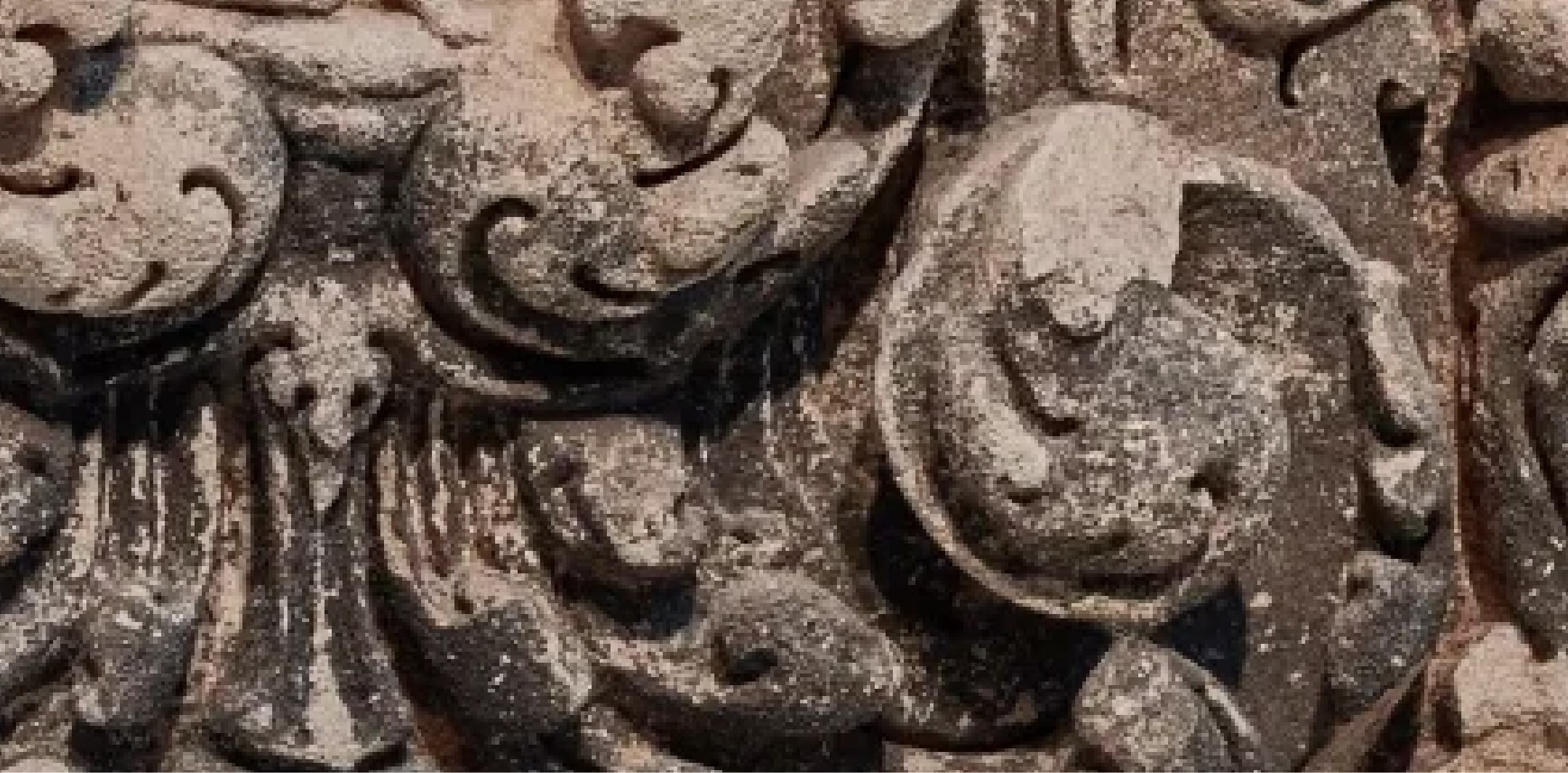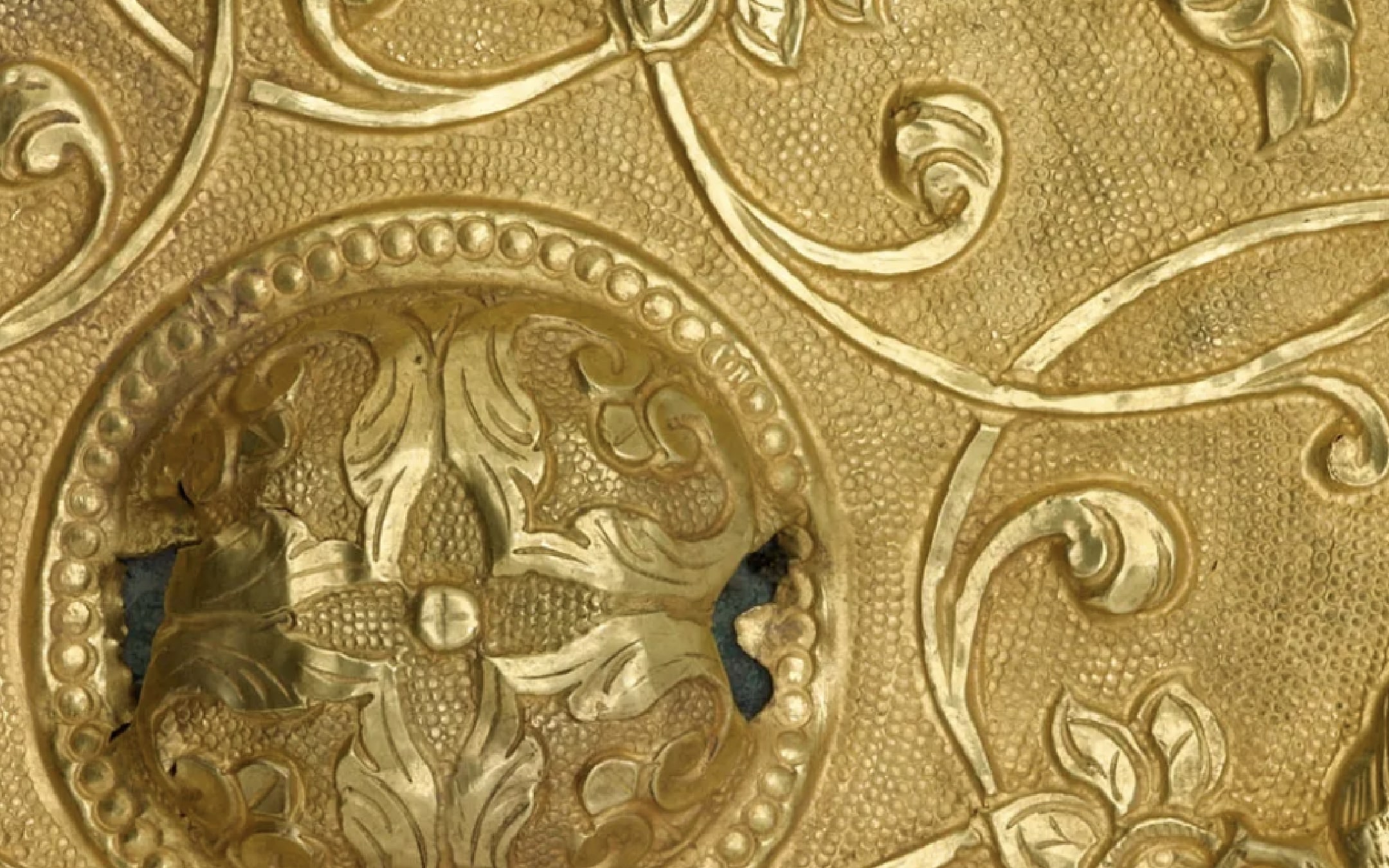Island Palaces in Udaipur

Terms of Use
Usage Conditions ApplyAt A Glance
-
Period
1932 -
Geography
Japan -
Material
Ink and color on paper -
Dimension
H x W: 28.2 x 40.5 cm (11 1/8 x 15 15/16 in) -
Accession Number
S1996.22 -
EDAN ID
edanmdm:fsg_S1996.22
Object Details
-
Artist
Yoshida Hiroshi 吉田博 (1876-1950) -
Label
The vision of the palaces built on islands in Pichola Lake in the city of Udaipur in the present-day Indian state of Rajasthan inspired the most delicately rendered and subtle print in the Yoshida's India series. At right is the pavilion known as the Gul Mahal, built in the 1620's, where the prince who later became Shah-Jahan (reigned 1628—58) lived while he was in revolt against his father, Emperor Jahangir. On the island at left are palaces built in the eighteenth century. With extraordinary control, Yoshida composed this image by printing thin, graded color washes, which give the appearance of a watercolor painting. The ethereal colors suggest the tones of early morning light. -
Provenance
To 1996Henry Edwin Robison (1913-2008), Palo Alto, CA, to 1996From 1996Arthur M. Sackler Gallery, given by Henry Edwin Robison in 1996 -
Collection
National Museum of Asian Art Collection -
Exhibition History
Yoshida Hiroshi: Japanese Prints of India and Southeast Asia (August 1 to October 17, 1999) -
Previous custodian or owner
Henry Edwin Robison (1913-2008) -
Origin
Japan -
Credit Line
Gift of H. Ed Robison in memory of Katherine W. Robison -
Type
Print -
Restrictions and Rights
Usage Conditions Apply
There are restrictions for re-using this media. For more information, visit the Smithsonian's Terms of Use page.
The information presented on this website may be revised and updated at any time as ongoing research progresses or as otherwise warranted. Pending any such revisions and updates, information on this site may be incomplete or inaccurate or may contain typographical errors. Neither the Smithsonian nor its regents, officers, employees, or agents make any representations about the accuracy, reliability, completeness, or timeliness of the information on the site. Use this site and the information provided on it subject to your own judgment. The National Museum of Asian Art welcomes information that would augment or clarify the ownership history of objects in their collections.
Keep Exploring
-
Related Resources
-
Date
-
Name
-
Place
-
Topic
-
Culture
-
Object Type

